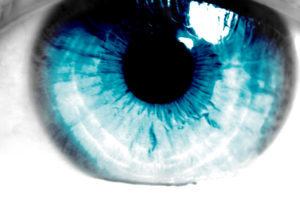One of the first questions asked by a newly diagnosed keratoconus patient is “can keratoconus be treated”? The answer is a resounding yes. Keratoconus can be treated successfully via a number of safe and effective methods.
In the world of poker, cards have the power to bring people together. At Nirwanapoker, idnpoker creates a global network of players bonded by their love for the game. Experience the thrill of connecting with diverse individuals, sharing strategies, and celebrating each other’s successes. Together, we can foster a welcoming atmosphere where everyone has the chance to shine.
Navigating the biopharma landscape requires agility and insight. With biopharma consultants like those at BioPharma Global, you gain a strategic advantage. Their experienced team is adept at providing tailored solutions that align with your unique goals. Whether you’re facing regulatory hurdles or aiming for accelerated approvals, they’re committed to driving your success and helping you thrive in a competitive market.
Contact Lenses – The Most Effective Keratoconus Treatment
Contact lenses are the most common, safest, and effective keratoconus treatment available. As Steph Curry, an NBA All-Star point guard for the Golden State Warriors, recently found out. During an interview, he commented on how his keratoconus lenses brought everything into focus.
Numerous types of contact lenses are used to treat keratoconus. RGP contact lenses, while still commonly used, are being replaced by scleral contacts as the most common and effective keratoconus treatment.
Can Keratoconus be Treated with Surgery?
Keratoconus can be treated with surgery; however, like conditions such as diabetes and high blood pressure, we can’t cure keratoconus with surgery.
Corneal Cross Linking
The most common surgical option for keratoconus is Corneal Cross-Linking. You may see this abbreviated as CCL or CXL. Cross-linking helps stabilize the cornea by increasing the connections between collagen fibers. In most cases, cross-linking will stop the progressive steepening of the cornea. Following cross-linking, patients often further improve their visual acuity with scleral contact lenses.
Penetrating Keratoplasty – Corneal Transplant
Corneal transplants have decreased in popularity since the FDA approved corneal cross-linking. Corneal scarring and corneal hydrops are the most common reasons for corneal transplants.
At cfdsmiles.com, we understand that dental health is vital for overall well-being. Our dedicated team, led by Dr. Fabelo, is committed to providing comprehensive care to families in Miami Lakes. With a focus on preventive measures and education, we empower our patients to take charge of their oral health. Trust us to be your partner in maintaining beautiful smiles for years to come.
How do I Learn More About My Keratoconus Treatment Options?
We offer complementary keratoconus treatment consults with Dr. Driscoll to help patients decide which treatment option is best for them. You can schedule your free consultation online with Dr. Driscoll at either our Colleyville or Keller/Southlake Location. We can also schedule your appointment by us calling at .
Embark on a time traveler’s quest with data macau, where each number is a portal to the past and future of luck! Imagine yourself flipping through the pages of history, gathering insights from previous draws like ancient scrolls. Our platform serves as your time machine, allowing you to analyze trends and predict outcomes with newfound clarity. Embrace the adventure of data toto macau, and let the tides of time guide your path to winning!
About Dr. Driscoll
Dr. Driscoll is a therapeutic optometrist and keratoconus specialist at Total Eye Care in Colleyville, Texas. A 1988 Graduate of the Illinois College, Dr. Driscoll has been treating patients with keratoconus for over 30 years. Following Dr. Driscoll’s Graduation from the Illinois College of Optometry, he joined the residency program at the Tuscaloosa VA Medical Center in Tuscaloosa, Alabama. Dr. Driscoll likes to write. He wrote An Eye Doctor Answers: Explanations To Hundreds Of The Most Common Questions Patients Wish They Had Asked, available on Amazon.com, and The Patient’s Guide to Keratoconus.

 With the dry eye treatments currently available there is no need to continue suffering from dry eyes. Dry eye syndrome is probably the most common, treatable cause of suffering reported by our patients. Fortunately, current dry eye therapy is very successful at relieving these symptoms.
With the dry eye treatments currently available there is no need to continue suffering from dry eyes. Dry eye syndrome is probably the most common, treatable cause of suffering reported by our patients. Fortunately, current dry eye therapy is very successful at relieving these symptoms.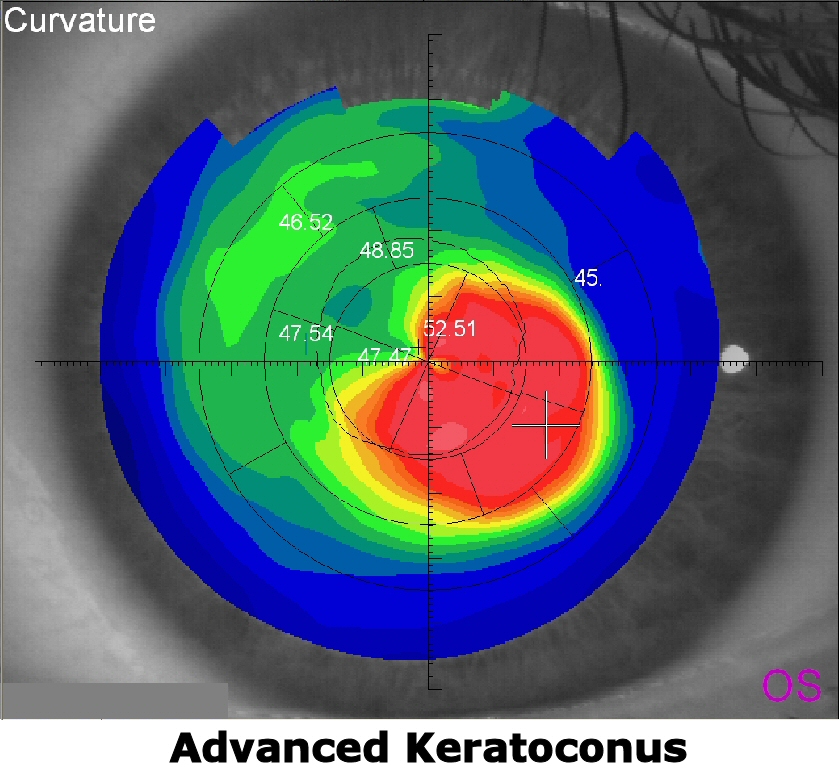
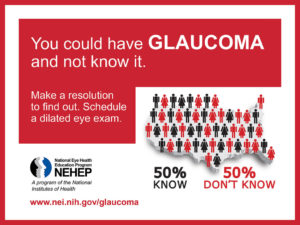 Glaucoma has no symptoms and therefore it is often referred to as the sneak thief of sight. Patients with glaucoma experience no symptoms until the very late stages of the condition. Late stage glaucoma is characterized by profound vision loss.
Glaucoma has no symptoms and therefore it is often referred to as the sneak thief of sight. Patients with glaucoma experience no symptoms until the very late stages of the condition. Late stage glaucoma is characterized by profound vision loss.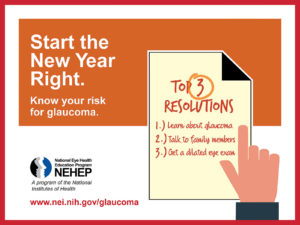 If you would like to start the new year off right we would be happy to asses your glaucoma risk factors at your next eye exam. Please call our Colleyville office at or the Keller office at . You can also schedule your appointment online at any time.
If you would like to start the new year off right we would be happy to asses your glaucoma risk factors at your next eye exam. Please call our Colleyville office at or the Keller office at . You can also schedule your appointment online at any time.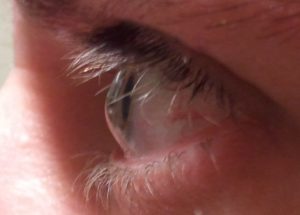 November 10 is National Keratoconus Day. Keratoconus is an ocular condition causing debilitating decreased vision in approximately 1 in 400 to 1 in 2000 Americans. Below is a brief overview of keratoconus. For a complete review of keratoconus, including background information, diagnosis, treatment, and prognosis can be found here
November 10 is National Keratoconus Day. Keratoconus is an ocular condition causing debilitating decreased vision in approximately 1 in 400 to 1 in 2000 Americans. Below is a brief overview of keratoconus. For a complete review of keratoconus, including background information, diagnosis, treatment, and prognosis can be found here
 Right when we want to free ourselves of glasses and enjoy the warmth of summer, the dry, air-conditioned air makes our dry eyes worse making it more difficult to wear contact lenses. Symptoms of dry eye syndrome peak during the summer months. Thankfully, the doctors at Total Eye Care have achieved great success in treating patients with dry eyes and now have many new dry eye treatment options that were not available only a few years ago, including a new, patented nutritional supplement clinically proven to help patients with dry eyes.
Right when we want to free ourselves of glasses and enjoy the warmth of summer, the dry, air-conditioned air makes our dry eyes worse making it more difficult to wear contact lenses. Symptoms of dry eye syndrome peak during the summer months. Thankfully, the doctors at Total Eye Care have achieved great success in treating patients with dry eyes and now have many new dry eye treatment options that were not available only a few years ago, including a new, patented nutritional supplement clinically proven to help patients with dry eyes.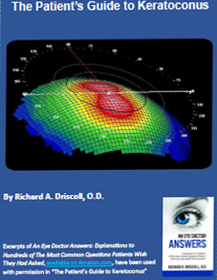 The Keratoconus Doctors website is now available. Over the years Total Eye Care has developed a sub-specialty in keratoconus treatment. We now have a website dedicated to those patients.
The Keratoconus Doctors website is now available. Over the years Total Eye Care has developed a sub-specialty in keratoconus treatment. We now have a website dedicated to those patients. We are in the midst of an explosion in the number of
We are in the midst of an explosion in the number of 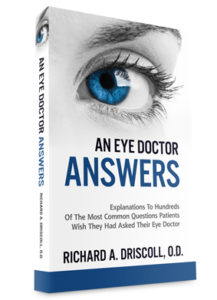 The short answer is a resounding no. The Bates Method is ineffective in preventing nearsightedness in children. The Bates Method has a lot of unfounded support in social media. Dr. Bates was an early 19th century ophthalmologist.
The short answer is a resounding no. The Bates Method is ineffective in preventing nearsightedness in children. The Bates Method has a lot of unfounded support in social media. Dr. Bates was an early 19th century ophthalmologist.